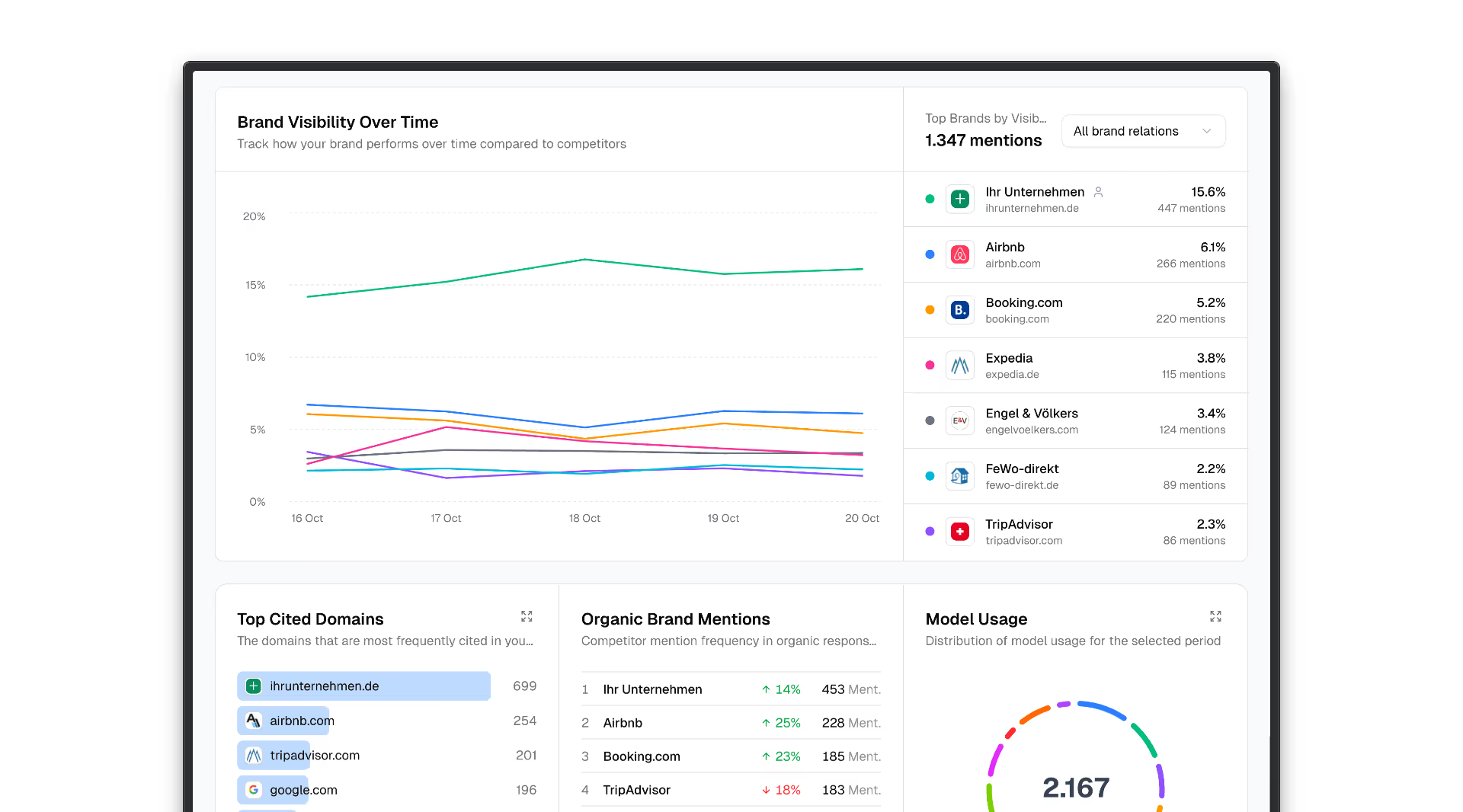What is no-code and how does it work?
Content of the article:
Erstellt am:
09.04.2024
Geändert am:
28.07.2025
No-Code describes an approach to software development in which applications and digital solutions can be created without programming knowledge. With No-code platforms can users without a technical background build complex applications automated processes set up and develop digital products.
What is no-code? — Definition and examples
No-code refers to software development without programming. Users build applications using visual interfaces instead of writing code.
No-code principles:
- Visual First: Drag & drop instead of text editor
- Template-based: Combine prefabricated building blocks
- Logic Builder: If then rules without programming
- Integration-ready: APIs and workflows with a click
No-code examples:
- Web sites: Webflow Framer
- Apps: Bubble Glide
- Automation: Zapier, Make
- Databases: Airtable, Notion
Key features of No-Code:
- Visual development:
No-code tools offer easy-to-use drag-and-drop tools that make it possible to build applications visually and intuitively without writing code. - Technical abstraction:
Technical complexities are abstracted by the platform so that users can concentrate entirely on their ideas and requirements without having to pay attention to technical details. - automation:
Recurring tasks and workflows can be easily automated with no-code, which reduces time and effort. - Quick development:
No-code enables significantly faster development cycles, as traditional programming effort is eliminated. - High ease of use:
The intuitive user interface makes software development accessible to a wide range of users, regardless of previous technical knowledge.
Typical applications of no-code:
- Creating websites and online shops
- Mobile app development
- Workflow automation in companies
- Managing and Using Databases
- Creating digital products and prototypes
conclusion
No-code democratizes software development by enabling people in a wide range of professional areas to develop their own digital solutions quickly and easily. In particular, this approach supports marketing teams and companies in efficiently digitizing and automating their business processes.
How visible is your company in ChatGPT & Co.?
With our AEO monitoring, you can find out whether AI systems name your brand — or just the competition.
Discover AEO monitoring
{"@context “:" https://schema.org “," @type “: “definedTerm”, “name”: “No-code”, “description”: “No-code means software development without programming. Users build applications using visual interfaces instead of writing code. “, “indefinedTermSet”: {"@type “: “definedTermSet”, “name”: “Webflow & No-Code Glossary”, “description”: “Technical terms from no-code and Webflow development”, “url”: “https://www.kirchundkriewald.de/webflow-no-code-glossar"}, “termCode”: “no-code”, “url”: “https://www.kirchundkriewald.de/webflow-no-code-glossar/no-code”, “sameAs”: ["https://en.wikipedia.org/wiki/No-code_development_platform"]
} {"@context “:" https://schema.org “," @type “: “itemList”, “name”: “No-code tools and platforms”, “description”: “Overview of major no-code platforms by area of application”, “itemListElement”: [{"@type “: “listItem”, “position”: 1, “name”: “website creation”, “description”: “No-code tools for websites”, “item”: {"@type “: “softwareApplication”, “name”: “Webflow”, “description”: “Visual website builder for professional websites”, “url”: "https://webflow.com “, “applicationCategory”: “webApplication”, “operatingSystem”: “All”, “offers”: {"@type” : “offer”, “price”: “0", “priceCurrency”: “EUR”}}}, {"@type “: “listItem”, “position”: 2, “name”: “app development”, “description”: “Create no-code apps”, “item”: {"@type “: “softwareApplication”, “name”: “Bubble”, “description”: “No-code platform for web apps”, “url”: "https://bubble.io “, “applicationCategory”: “webApplication”, “operatingSystem”: “All”, “offers”: {"@type “: “offer”, “price”: “0", “priceCurrency”: “EUR”}}}, {"@type “: “listItem”, “position”: 3, “name”: “process automation”, “description”: “Workflow automation without code”, “item “: {" @type “: “softwareApplication”, “name”: “Zapier”, “description”: “App automation and integration”, “url”: "https://zapier.com “, “applicationCategory”: “webApplication”, “operatingSystem”: “All”, “offers”: {"@type “: “Offer”, “price”: “0", “priceCurrency”: “EUR”}}}, {"@type “: “listItem”, “position”: 4, “name”: “database management”, “description”: “no-code databases and tables”, “item”: {"@type “: “softwareApplication”, “name”: “airtable”, “description”: “cloud-based database platform”, “url”: "https://airtable.com “, “applicationCategory”:” webApplication”, “operatingSystem”: “All”, “offers”: {"@type “: “offer”, “price”: “0", “priceCurrency”: “EUR”}}}]
}




